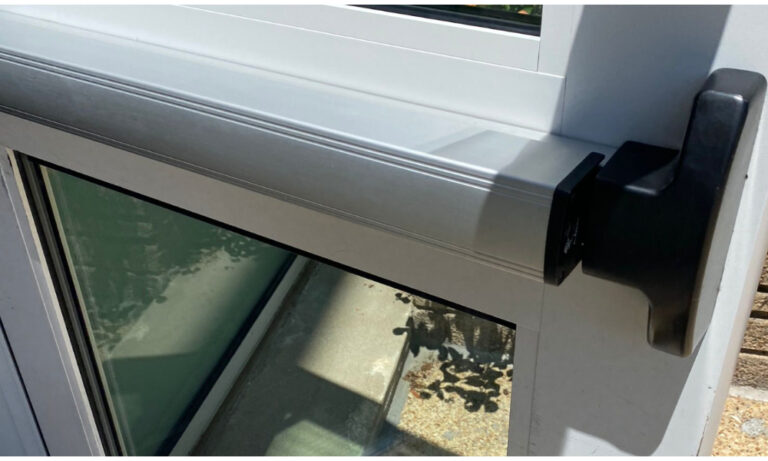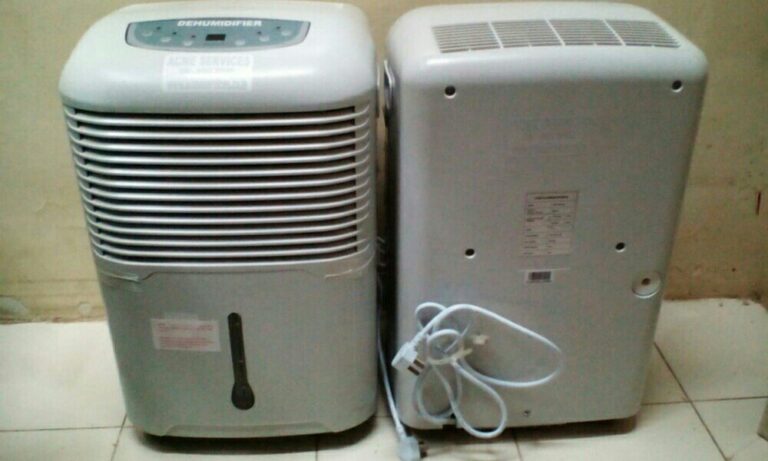
Grilling is a popular cooking method, especially when people enjoy outdoor activities in the summer. Whether it’s a barbecue party or a simple family dinner, grilling can be a fun and healthy way to cook food. But how exactly does a grill work? In this blog post, we’ll examine the science behind grilling and explain the workings of gas and wood grills.
How a Grill Works?
At its most basic level, a grill is essentially a heat source that cooks food. The heat is produced by burning fuel, which can be either gas or wood and is transferred to the food through a metal grate or grilling surface. Grilling involves a combination of direct and indirect heat to cook food evenly and achieve the desired level of doneness.
Types of Grills
Several types of grills are available, but the most popular ones are gas and wood grills. Gas grills use propane or natural gas as fuel, while wood grills use hardwood such as hickory or mesquite. Both grills have pros and cons, and the choice between them ultimately depends on personal preference and cooking needs.
Gas Grills
Gas grills are convenient and easy to use, making them popular among grill enthusiasts. They come in various sizes and styles, from small portable models to large built-in units. Here’s how gas grills work:
- A propane tank or natural gas line supplies fuel to the grill’s burners.
- The burners ignite the gas, producing heat evenly across the grilling surface.
- The temperature can be easily adjusted by turning a knob, allowing precise control over the cooking process.
- Gas grills typically heat up quickly and are easy to clean.
Wood Grills
Wood grills are favoured by those who prefer grilled food’s smoky flavour and aroma. They require more skill and patience to use but can produce delicious results. Here’s how wood grills work:
- Hardwood logs or charcoal are burned in the grill’s firebox, producing heat and smoke.
- The smoke and heat are drawn into the cooking chamber through a vent, circling the food.
- The temperature can be adjusted by controlling the airflow into the grill by opening or closing the vent or adjusting the placement of the logs or charcoal.
- Wood grills can take longer to heat up and require more attention during cooking.
Conclusion
In conclusion, grilling is a simple yet effective way to cook food that has been around for centuries. Whether you prefer the convenience of gas grills or the flavour of wood grills, both grills produce heat that is transferred to the food through a metal grate or grilling surface. Understanding the workings of a grill can help you become a better cook and make the most of your grilling experience.
It’s important to note that different types of food require different cooking techniques on the grill. For example, thicker cuts of meat may require indirect heat to cook evenly, while thinner cuts can be cooked directly over the flames. Vegetables and seafood may benefit from being grilled in a basket or foil packet to prevent them from falling through the grates.
It’s also important to follow proper safety measures when using a grill, such as keeping it in a well-ventilated area and never leaving it unattended. Regular cleaning and maintenance can help prolong the life of your grill and ensure it continues to function properly.








